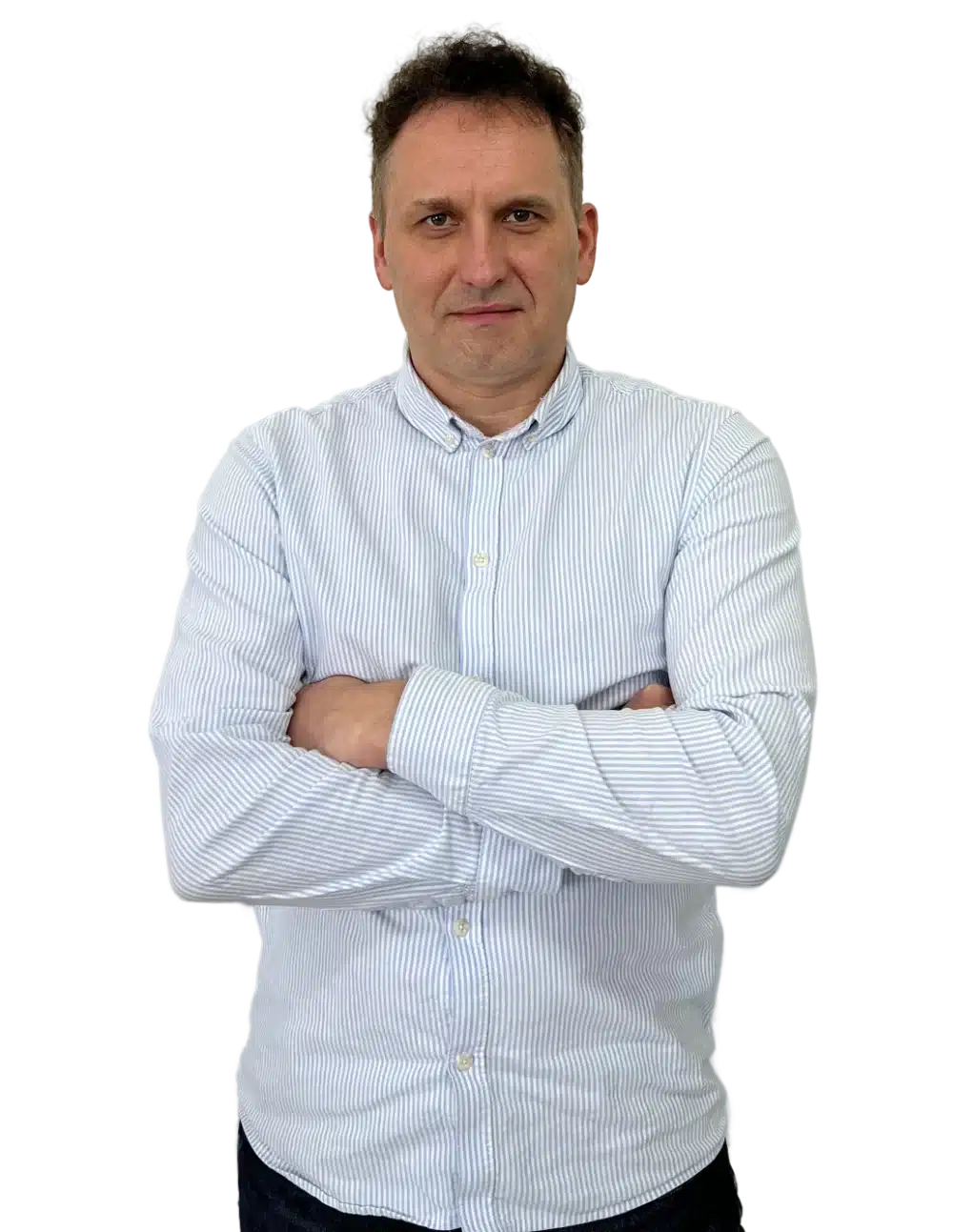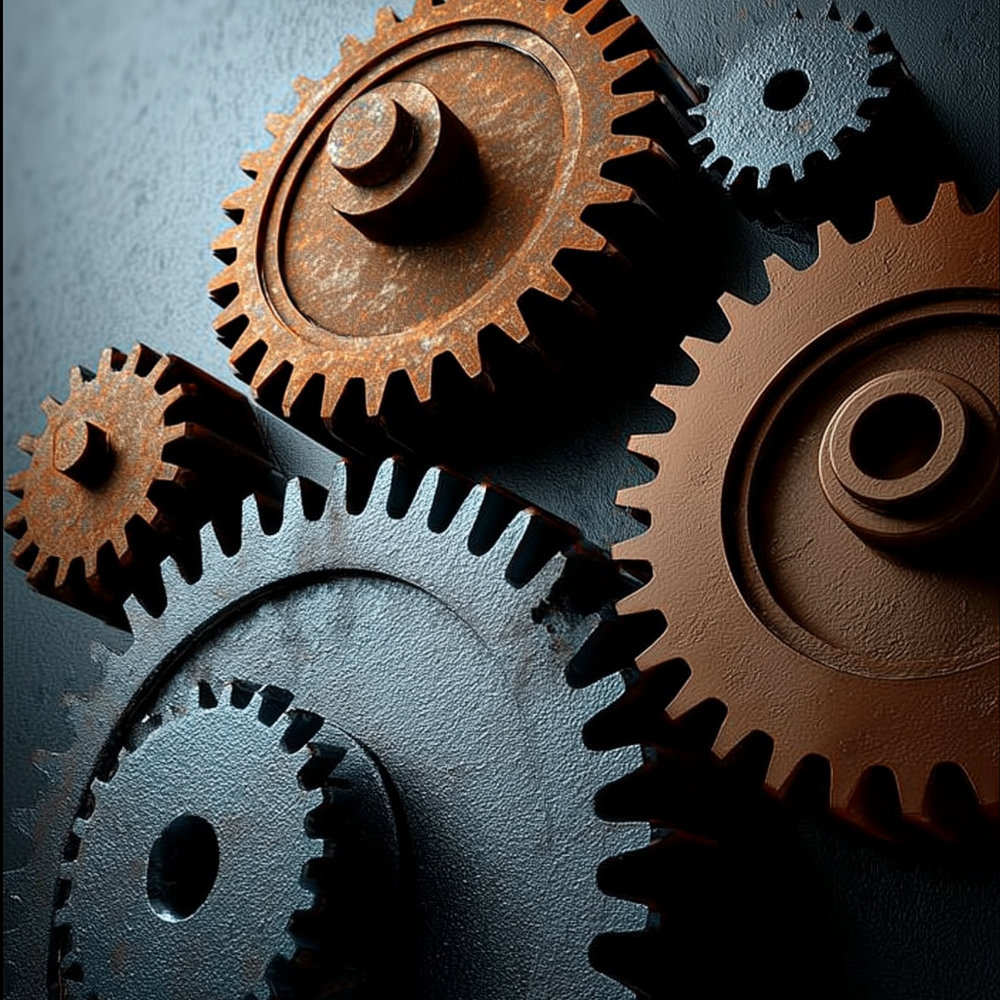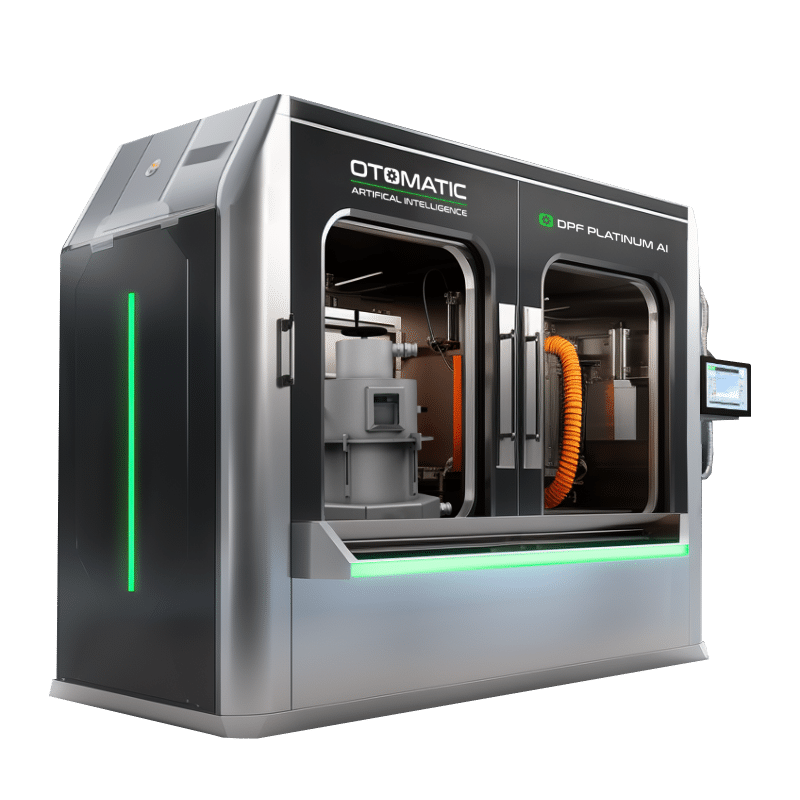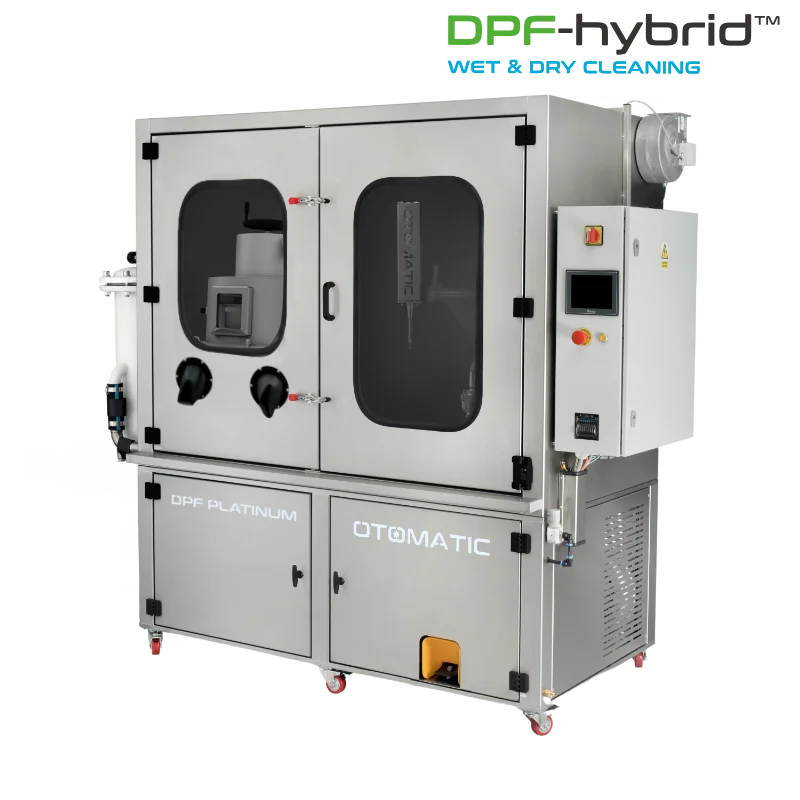Second-hand DPF cleaning machine? Why apparent savings do not always pay off
Old solutions are tempting because of their price
Purchasing a used DPF filter cleaning machine may seem like an attractive option, especially when the entire investment costs several times less than a brand new device. For many workshops that are just planning to enter this service segment, price is often the first and most important criterion. However, when looking at the market in the long term, this calculation quickly becomes more complicated.
Total cost versus monthly cost
A second-hand machine has a lower purchase price, but there is no flexible financing option. New Otomatic machines are available from around EUR 300 per month on lease – the equivalent of just two cleaned DPF filters. In practice, this means that the installment pays for itself, and the workshop does not have to “freeze” capital at the outset.
When purchasing a used device, the tempting one-time price often turns out to be an illusion – because service costs, lack of warranty, and lower performance generate expenses that are difficult to predict.
Technology from a decade ago and today's requirements
It should also be remembered that older machines were designed with a different generation of DPF filters in mind – larger, less sensitive, and built to meet the emission standards of the time. Today’s filters are more delicate, and standards (including the upcoming Euro 7) require a complete, safe, and documented cleaning process.
A used machine, even if technically sound, cannot meet these expectations to the same extent as modern hybrid systems with pulse drying or AI automation.
🔗 Read more: Euro 7 & DPF Service — Dates, Requirements, and How to Prepare
Warranty and service – hidden value
A new machine is not only new technology, but also full service support, parts availability, and a manufacturer's warranty. With used equipment, the workshop is on its own — and downtime due to breakdowns can mean losing customers.
For a workshop that wants to build its brand and reputation, the reliability of its equipment is often more valuable than the apparent savings made on purchase.
Why leasing is the safer option
When looking at the monthly installment, the difference between a “cheap” used machine and a new Otomatic hybrid machine ceases to be significant. EUR 300 is a cost that practically pays for itself through the daily work of the workshop.
In return, we get equipment that is adapted to the current reality, with full technical support and technology that allows us to provide services at the level that customers expect in 2025.
Summary
A used DPF machine may look attractive in an advertisement, but in practice it can be like buying a car with an uncertain history – it works in the short term, but in the long run it becomes a source of problems.
A new device means stability, predictable costs, and a competitive advantage. In an era of increasingly stringent emission standards and growing customer expectations, modern leased machines are the most sensible choice for workshops thinking about the future.

About the author
Christopher Smolec - CEO of OTOMATIC
Expert in business development and customer relationship building. Since 2018, he has been actively involved in promoting and updating machines and methods for cleaning diesel particulate filters, often known by the acronyms: DPF, FAP, GPF.









